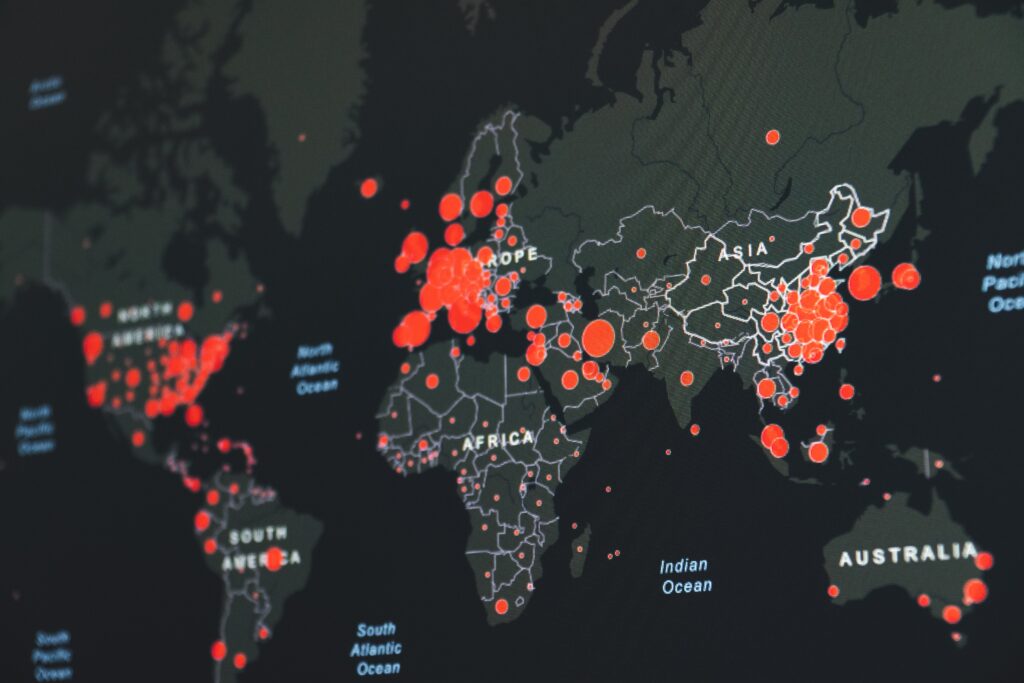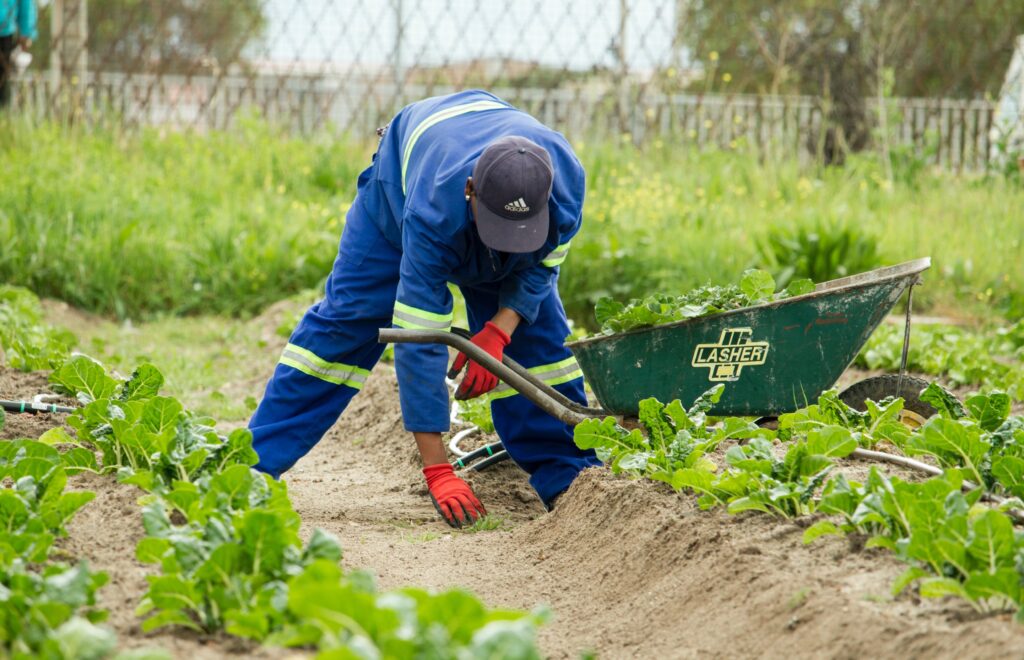Without a doubt, the Covid-19 pandemic has produced one of the world’s biggest job crises in the labour market. Causing a significant risk that exacerbates poverty and extends disparities, with long-term consequences. COVID-19 is not a piece of news for us anymore.
Originating in Wuhan, China (2019), Covid-19 engulfed many countries worldwide, causing severe distress in various sectors. The impact of COVID 19 has been both deep and widespread, which has hit large parts of the world economy, mainly because of the fear of contagion and timely restriction on our social proximity.

However, people and the government adopted strategies to live alongside the pandemic, bring the economy back on track, and end the suffering. OECD (2021) explains that this enabled many to return to work, yet many of us continue to suffer.
In 2020, a joint statement by ILO, FAO, IFAD, and WHO explained how the pandemic has resulted in a significant loss of human life worldwide and poses an unparalleled threat to public health, food systems, and the labour market.
Around 3.3 billion global workforces are at risk of losing their livelihoods (OECD, 2020). Workers in the informal economy are mainly affected as they lack social security and access to adequate health care and have less access to productive assets. This means that the livelihoods of many such workers are at stake, and basic needs are underachieved.

Challenges faced by labour market
Social distancing and travel restrictions have resulted in a diminished workforce in all economic sectors, resulting in the loss of numerous employments. The number of people visiting malls, movie theatres, museums, cafes, restaurants, and libraries has decreased worldwide.
Thus, having a significant impact on the worldwide labour market associated with these jobs and places. The massive decrease in working hours has been matched by similarly substantial income reduction.
Moreover, the closing down of public spaces has led to declining demand for commodities and manufactured products. Among the labour market, we can trace the impact on different individuals trying to highlight a few.
1. WOMEN

Women had been making some progress in the workplace before the arrival of Covid -19. Despite a minor increase in the number of women in leadership positions, women continue to be significantly outnumbered, especially after the arrival of Covid -19.
The pandemic’s effect on the labour market concerning women has been highly significant. Although all women have been affected, three primary groups have faced critical challenges. Working mothers, women in senior management, and women of colour (Mckinsey and company, WHO).

Due to prevailing gender inequalities, women are more prone to the pandemic and its associated economic impacts. Women seem to be more tired and stressed out than men (according to ‘Women in the workplace study 2020’). During the pandemic, women have to manage the domestic work and office work together.
Childcare duties that arise from school closure also contribute to a drop in the labour supply of working mothers. Males equally responsible for parental duties involving childcare have failed to take active steps supporting their partners. Therefore, leading to increased work pressure on women. Due to the crisis, women have been far more likely to cut back on their hours or exit the workforce entirely.
Read more about women and their crisis during the Taliban regime here!
2. YOUNG PEOPLE

The pandemic has a devastating effect on young workers, damaging their jobs and jeopardizing their professional prospects. Young individuals who were working before the outbreak account for seventeen percent of those who quit their jobs.
Young employees have constantly been victimized in poor economies, but they have been harmed even more in the current crisis. Even the working hours among employed youth decreased and showed low-income generation. In addition, young individuals whose education or career had been hampered or ceased entirely are more likely to suffer from anxiety and sadness than those employed or pursuing education.
3. LOW SKILL WORKERS

Developing countries have struggled with a massive skills-jobs imbalance and chronic unemployment rates for a long time, with the Covid-19 crisis adding a set of new obstacles. Substantial job losses, reduction in salary, and uncertainty about the current employment agreement have aggravated existing inadequacies in the skill matching process.
They have pushed the education sector towards modern skill acquisition directions to deal with the current crisis. Teleworking or remote working options enable certain employees to continue working. However, many others have had their income reduced or eliminated entirely.
Due to a salary reduction, workers cannot manage their expenses. This, combined with covid-19, where workers were unable to afford proper health care facilities, resulted in the death of many people. Some workers were even deprived of basic necessities due to a lack of money. Other workers, such as those in health care or public safety, faced a different form of upheaval, namely a massive increase in workload in the face of the crisis.

Therefore, it is safe to assume that certain groups were more vulnerable during the pandemic and received a direct hit than others. However, their issues are not unheard of. For example, several countries, such as Canada, have taken the necessary steps to support their vulnerable population.
In the next section, let us discuss some of the steps that might help build better labour market conditions.
Strategies that government should follow to build a stronger community
Countries must now take all possible actions to prevent the job crisis from escalating into a social disaster. Investing in the future and future generations by rebuilding a better and more resilient labour market. Government must ensure women’s equal representation and participation in the decision-making process. To Maintain safety and accessibility for all women, the state should provide different services.
The state must also take necessary steps towards youth employment and a better future. Employment rewards like hiring subsidies and social protection must be implemented by the government to sustain labour productivity. This is especially useful during a crisis to limit employment losses and protect employees from being detached from the labour market.

To control the spread of the current outbreak, multiple measures would be required, including computational modelling, qualitative studies, and statistical tools, as well as the speedy development of a new medication.
During the pandemic, the government must increase training opportunities to help workers reallocate and upgrade their skills, especially those at risk of being expelled. The government will also promote digital service supply more accessible shortly, and efforts must be made to guarantee that all people have the necessary skills and technology availability to benefit from these services.
Furthermore, the government must increase engagement in quality jobs for young people, including safeguarding their human rights and employment. And also try to impose welfare support and unemployment compensation benefits.

Conclusion
We are yet to understand the full impact of COVID-19 on the labour market. There are inevitable long-term repercussions that are yet to uncover.
This pandemic has allowed us to reflect on our policy and understand how far we are from achieving equitable practices in the labour market. We need to develop a long-term sustainable approach addressing the challenges we faced during the pandemic.
To create such policies, we need to prioritize food security challenges, rural poverty crisis, strengthening rural economy, extending social security to all, and facilitating safe pathways for labourers worldwide.
About the Author:
Komal Chaudhary

Komal is a very passionate girl who loves to explore new things. Currently, she is doing Masters in Political Science from Delhi University. In addition, she has a keen interest in international affairs and effectively pursues the same. As a youth of the contemporary world, she aspires to make the Indian population more conscious and knowledgeable by working with The International Prism.







Very well written , every aspect is explained .
[…] Read more about Covid-19 and its impact on the labour market here! […]